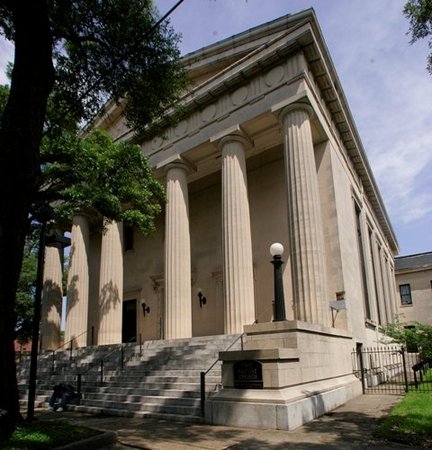|
|
Images for Craig White's Literature Courses |
|
Monticello
(Italian for "Little Mountain")
Instructor's note: Monticello was the home of Thomas Jefferson, third president of the USA. Jefferson built an earlier version of the home beginning in the 1760s, but after living overseas in the 1780s and observing European architecture, he returned and began redesigning Monticello in 1794. Work continued throughout his presidency of 1801-1809.
The architectural style of the building is Palladian, from the 16th-century Italian architect Andrea Palladio, whose works emphasized the symmetry and perspective of Classical Greece and Rome. More broadly, the architectural style might be called Classical or Neo-Classical, in keeping with the values of the 18th-century Enlightenment.
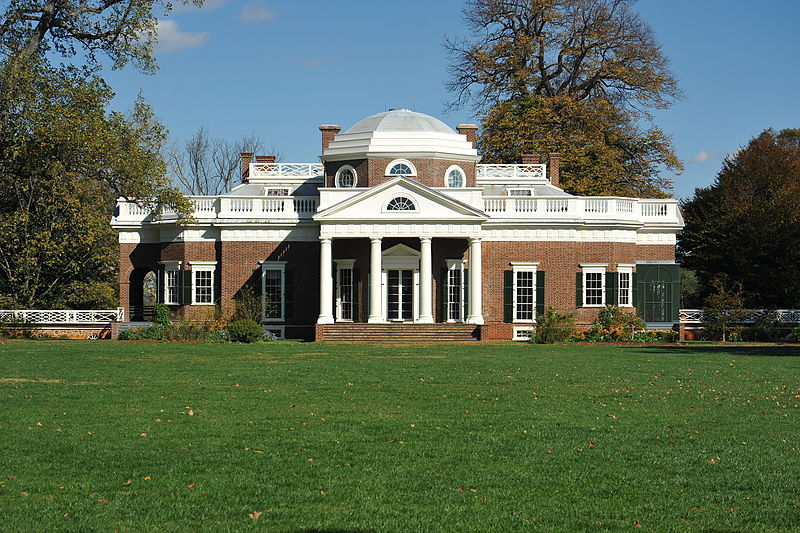
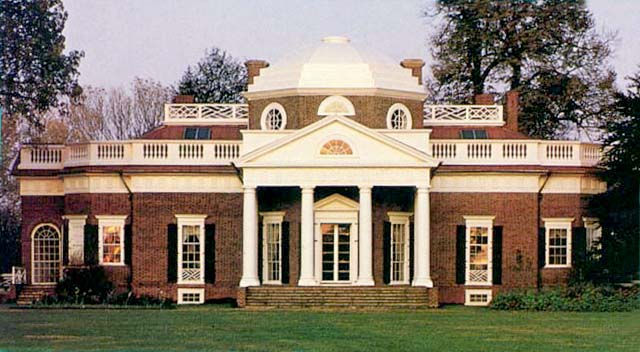
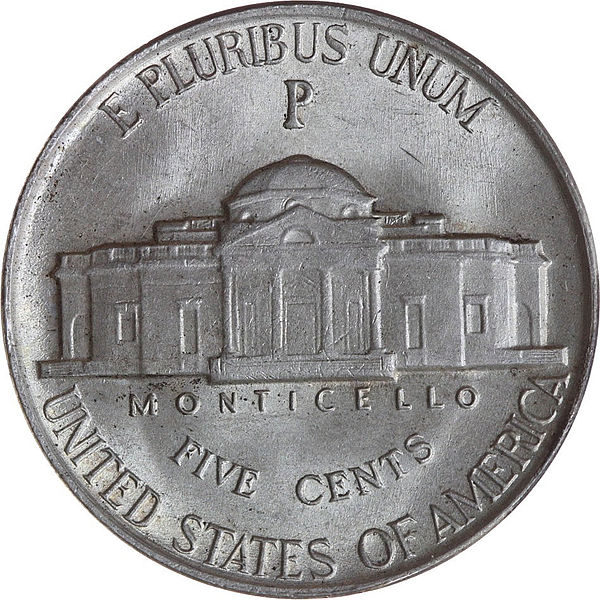

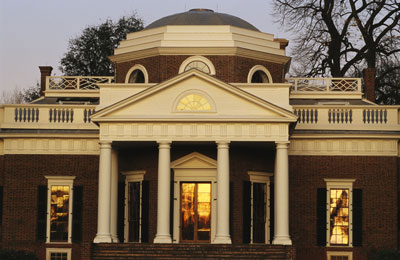
![]()
Monticello's architectural style is consistent too with architecture developed on other slave plantations in the southern USA, owing partly to Southerners rationalizing slavery by reference to the keeping of slaves by the ancient Greeks and Romans as founders of Western Civilization.
The architectural style is also consistent with many classical Baptist or other Evangelical churches in the Southern United States, with Fraternity Houses, and with much public architecture of the twentieth century.
|
|
|
|
|
|
![]()
Back to Monticello . . .

Because Monticello also broadly resembles expensive suburban homes for single-family housing in Houston and other suburban cities, perhaps the single greatest misconception about Monticello is that Thomas Jefferson lived there alone.
In fact, about 80 of Jefferson's 200 slaves lived at Monticello--only not in the big house, at least most of the time. Several craftsmen among his slaves helped him design and build Monticello, and evidence strongly suggests that Jefferson cohabited with Sally Hemings, also a slave related to his wife's family.
In any case, until the past generation the presence of slaves and how essential they were to Monticello was largely erased from the history books or the tours of Monticello, but equal time and attention is gradually being gained.
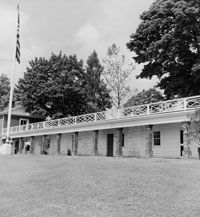
slave quarters at Monticello
(some slaves lived in free-standing cabins
like the restored cabin below at another plantation)


postcard of Monticello slave quarters
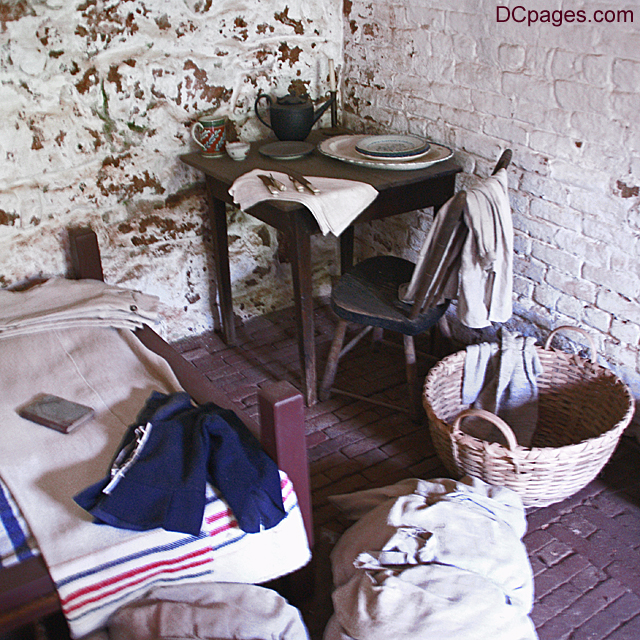
interior of slave cabin at Monticello
![]()
Other American buildings in the
Neo-Classical style
associated with Thomas Jefferson
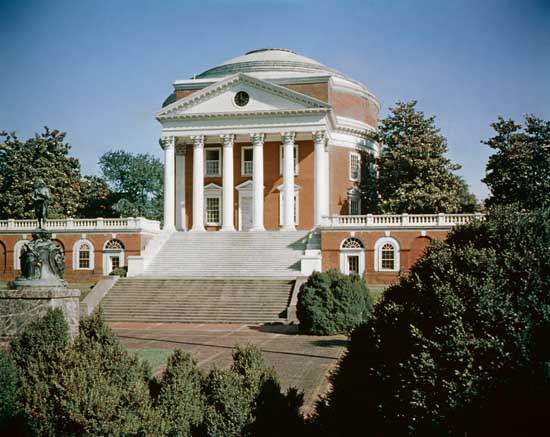
Rotunda of the University of Virginia,
designed by Jefferson

Jefferson Memorial
1939-43


